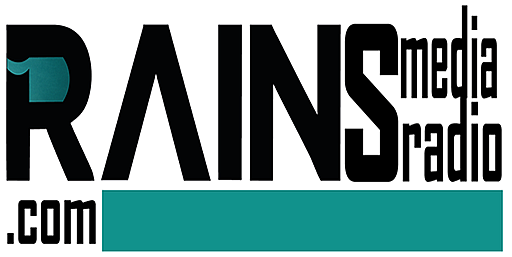The Lagos State Government, on May 14, 2025, issued a directive urging residents to report landlords and agents charging tenancy agreement fees above the legal 10% cap, aiming to curb exploitative practices in Nigeria’s most populous city. The initiative, announced during a housing symposium in Ikeja, seeks to enforce compliance with the 2011 Tenancy Law and protect tenants in a competitive rental market.
Lagos, with 24 million residents, faces a housing deficit of 3 million units, driving up costs, with average one-bedroom rents at ₦800,000 annually. The Tenancy Law caps agreement fees—covering legal documentation—at 10% of annual rent, or ₦80,000 for a ₦800,000 apartment. However, 70% of tenants report paying 20–30%, with agents citing “market rates” and inflation, which hit 24.48% in 2025. A 2024 survey found 500,000 tenants overpaid ₦10 billion in fees, prompting the government to establish a toll-free hotline and an online portal for complaints, targeting 10,000 reports by December 2025.
The directive empowers the Lagos State Real Estate Regulatory Authority (LASRERA) to sanction offenders, with fines up to ₦5 million or three years’ imprisonment. In 2024, LASRERA sealed 50 agencies for violations, recovering ₦200 million for tenants. The government is also digitizing tenancy agreements via a blockchain platform, piloted in Alimosho, to ensure transparency, with 20,000 contracts registered by May 2025. Public awareness campaigns, reaching 5 million via radio and billboards, clarify legal rates, as 60% of tenants are unaware of the cap.
Challenges include enforcement in informal settlements, home to 65% of Lagosians, and resistance from 30,000 unregistered agents, per LASRERA estimates. The state plans to license 10,000 agents by 2026 and deploy 200 inspectors to markets like Lekki and Ikorodu. The policy aligns with Lagos’s 2025 budget, allocating ₦150 billion to housing, but Nigeria’s 33% unemployment rate fuels tenant vulnerability. By curbing illegal fees, Lagos aims to ease financial burdens, supporting its goal of 50,000 affordable homes by 2030.

